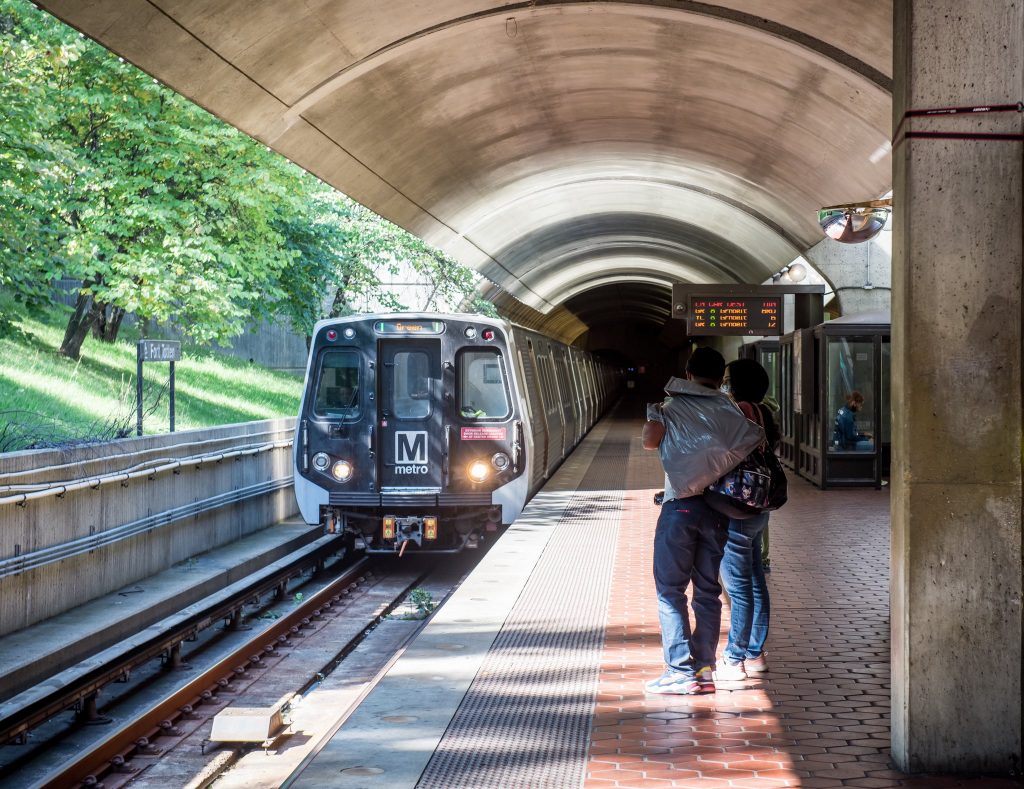
If you’ve been following Transportation for America for a while, you know that electric vehicles on their own aren’t enough to reduce emissions from the transportation sector—the largest source of U.S. emissions. That’s why we joined CHARGE, a new coalition of cross-industry stakeholders advocating for a holistic approach to electrifying the U.S. transportation network.

Transportation is the largest source of U.S. carbon emissions, and most of them come from driving. Electrifying cars would seem like a sure bet to reduce these emissions, but with the dramatic rate vehicle miles traveled (VMT) is increasing coupled with the slow pace of vehicle fleet turnover (cars are lasting longer and longer!), there’s no way we can electrify cars fast enough to prevent devastating outcomes of climate change.
And why would we want to? A transportation system where your only “option” is to drive everywhere—even to destinations less than a mile from your home—is far from equitable. Requiring that every working adult spend $10,000 per year on average on a car to participate in the economy isn’t good for our businesses, quality of life, or ensuring that everybody—regardless of your ability—can access the things they need.
That’s why we joined CHARGE, a new coalition of 37 transportation, industry, environmental, labor, health, equity, and civic organizations that support smart policy to electrify America’s transportation system. With CHARGE, we created three policy principles and a set of concrete policy recommendations for Congress and the Biden administration to develop smart zero-emission transportation policy for the next stimulus or infrastructure package.
The unique thing about CHARGE is that it’s the only “electric vehicle” coalition where public transit is a priority—the number one priority, in fact. CHARGE knows that electrifying vehicles is critical, but it isn’t enough to reduce our emissions: we need to give Americans more zero-emission transportation options by expanding and electrifying public transportation.
Here are some of our concrete recommendations to expand and electrify transit:
- Creating a $20 billion annual operating support program to incentivize more and more frequent and expanded service, particularly for communities of color and low-income communities;
- Incentivizing transit agencies to develop and support equitable multimodal transit systems, operations and infrastructure;
- Significantly increasing funding and financing available to support conversion to, maintenance of, operation of, and workforce training to support electric fleets and related infrastructure as rapidly as possible while simultaneously increasing service.
POLITICO Pro reported last week that $25 billion of President Biden’s American Jobs Plan (which analyzed in-depth here) will go to electrifying public transit vehicles, an early win for our new coalition.
Also according to POLITICO Pro, two-thirds of the $85 billion for transit in the American Jobs Plan will go to maintenance, with the rest set for expansion and improving accessibility for people with disabilities. This is huge, but we definitely need ongoing, federal operating support for public transit in order to provide frequent, high-quality service necessary to reduce transportation emissions.
We’re thrilled to team up with organizations across the transportation policy spectrum on recommendations to holistically electrify transportation—not just maintain the same car-dependent paradigm but with electric vehicles. We urge you to check out CHARGE’s principles and policy recommendations, and if you represent an organization, sign on to support these ideas!




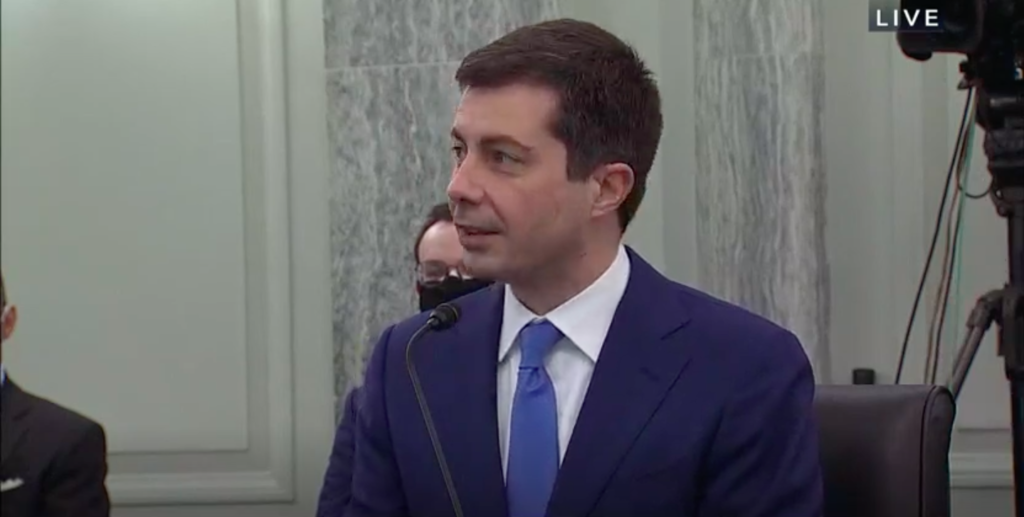
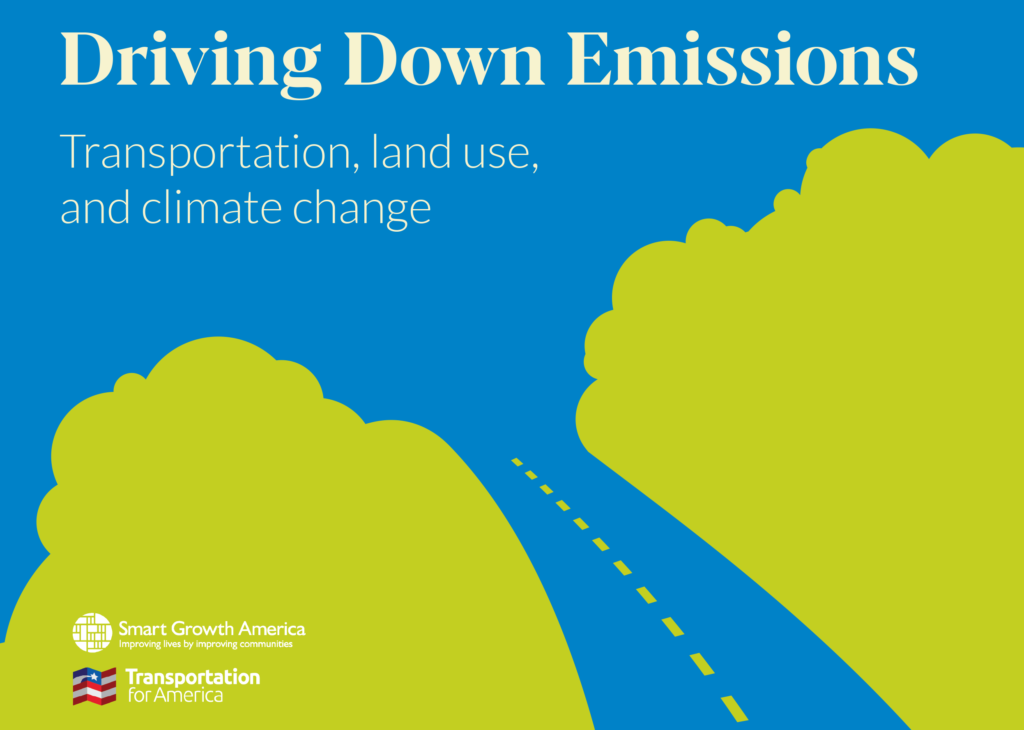
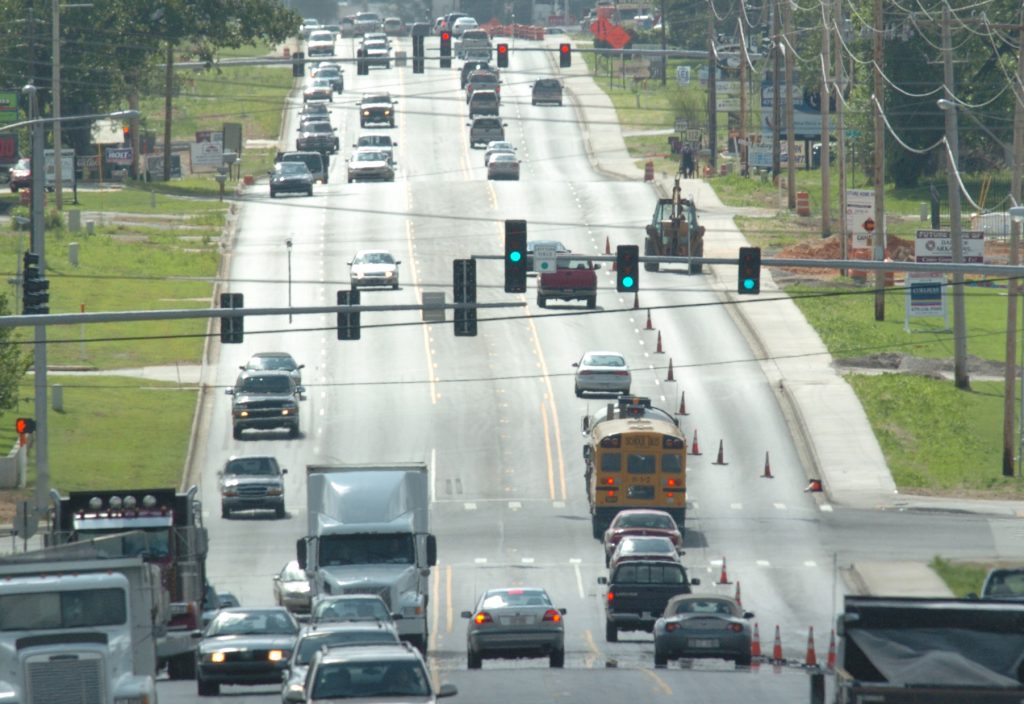

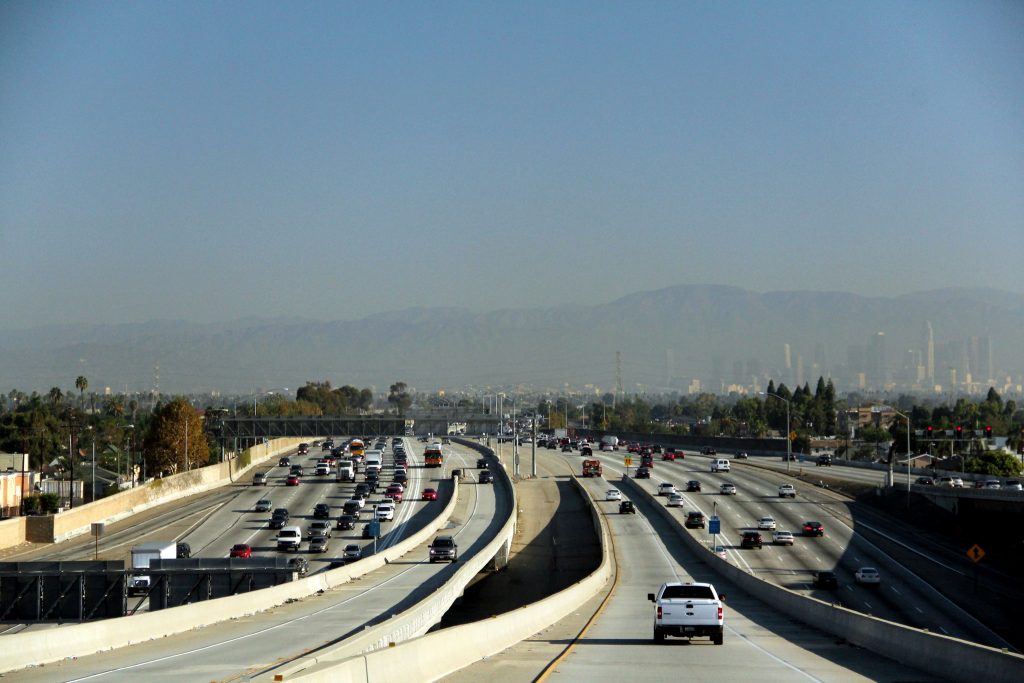
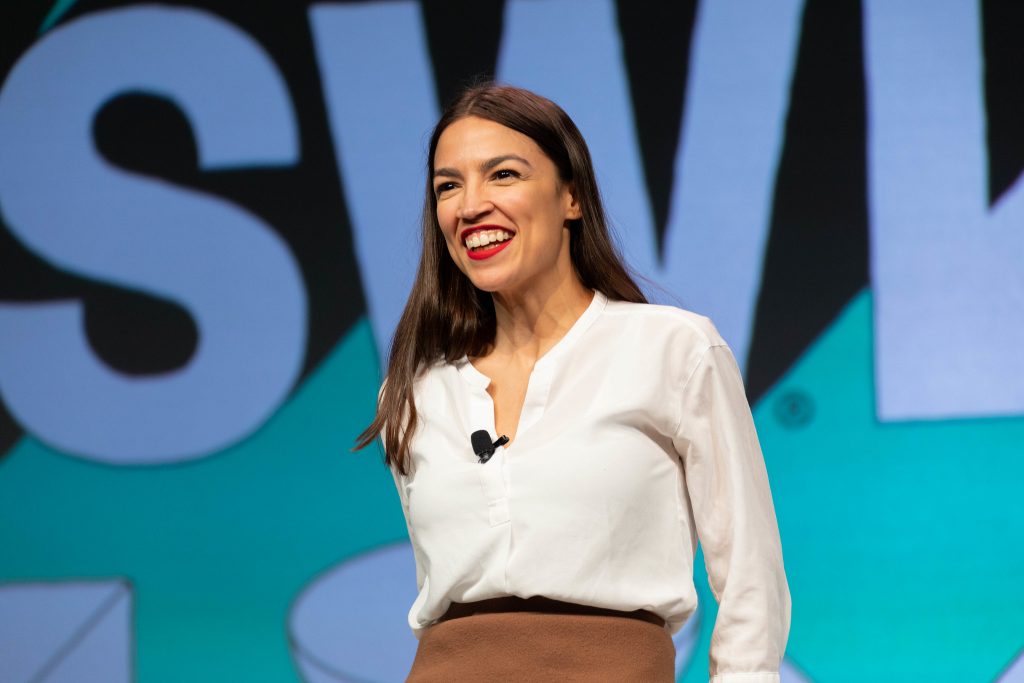
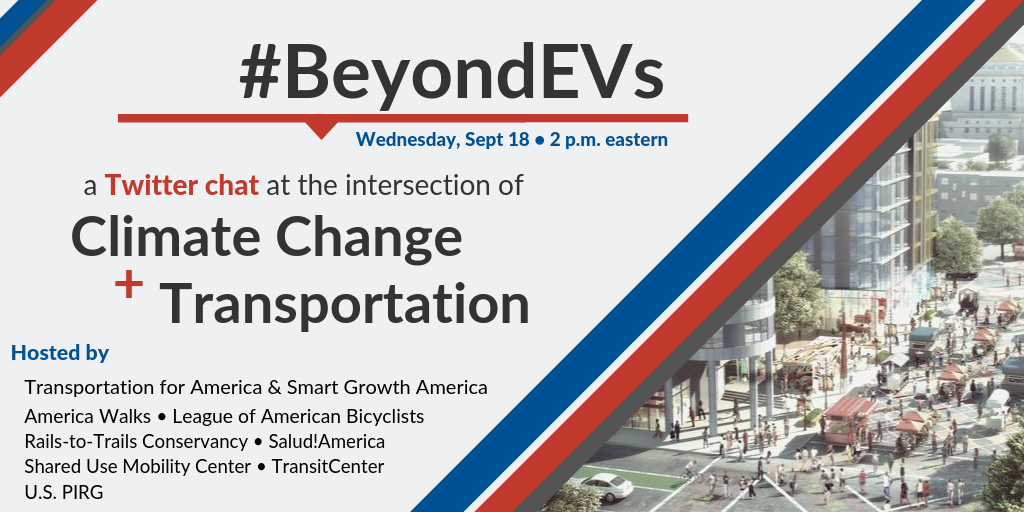
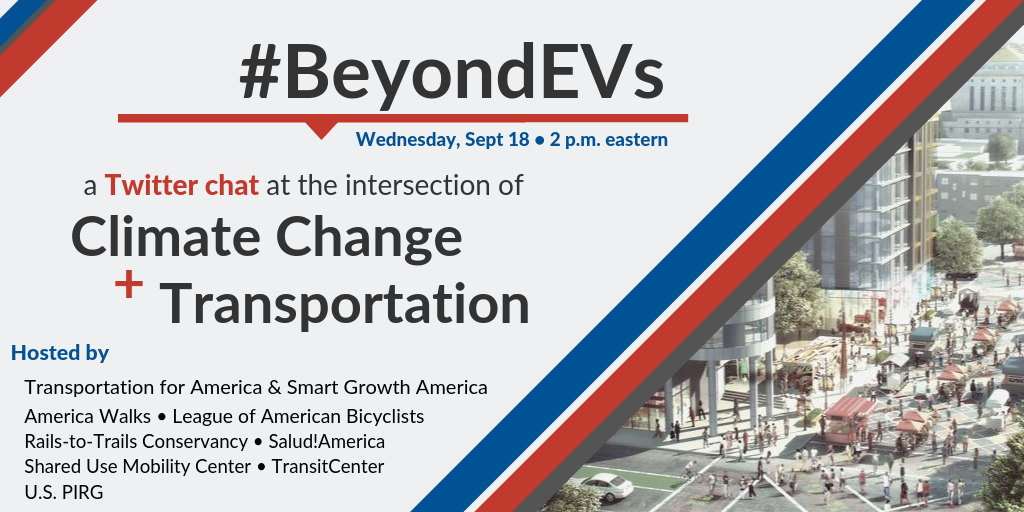
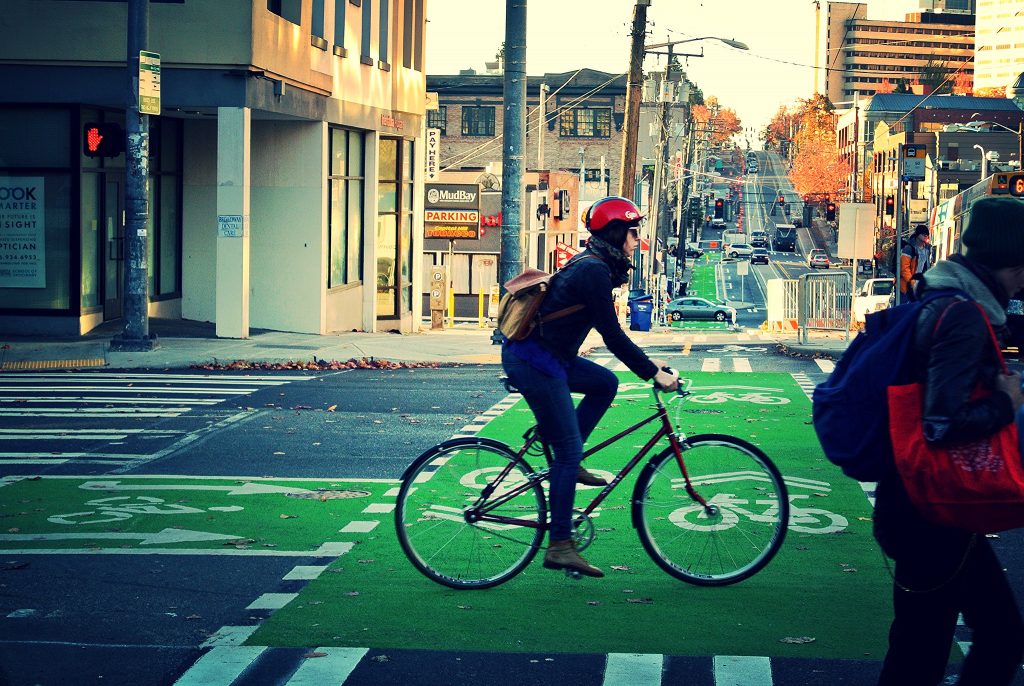
 To make the shift to clean energy, Hawaii needs to convert all vehicles to electric, such as today’s Nissan Leaf or the Ford Focus Electric. But no state can make this happen overnight, as the lifespan of a new car can be about 15 years. That means even if Hawaii required 100 percent of vehicles sold in the state to be electric by 2025, it would still take until around 2040 to see the fleet turn over from gas/diesel engines to EVs. And electrifying the fleet would be a monumental challenge. Hawaii would only have the authority to do this by joining California, who through a federal waiver has the authority to set their own vehicle emissions standards. Otherwise, fuel standards are controlled by the feds—standards that the Trump administration recently announced they’d like to roll back.
To make the shift to clean energy, Hawaii needs to convert all vehicles to electric, such as today’s Nissan Leaf or the Ford Focus Electric. But no state can make this happen overnight, as the lifespan of a new car can be about 15 years. That means even if Hawaii required 100 percent of vehicles sold in the state to be electric by 2025, it would still take until around 2040 to see the fleet turn over from gas/diesel engines to EVs. And electrifying the fleet would be a monumental challenge. Hawaii would only have the authority to do this by joining California, who through a federal waiver has the authority to set their own vehicle emissions standards. Otherwise, fuel standards are controlled by the feds—standards that the Trump administration recently announced they’d like to roll back.
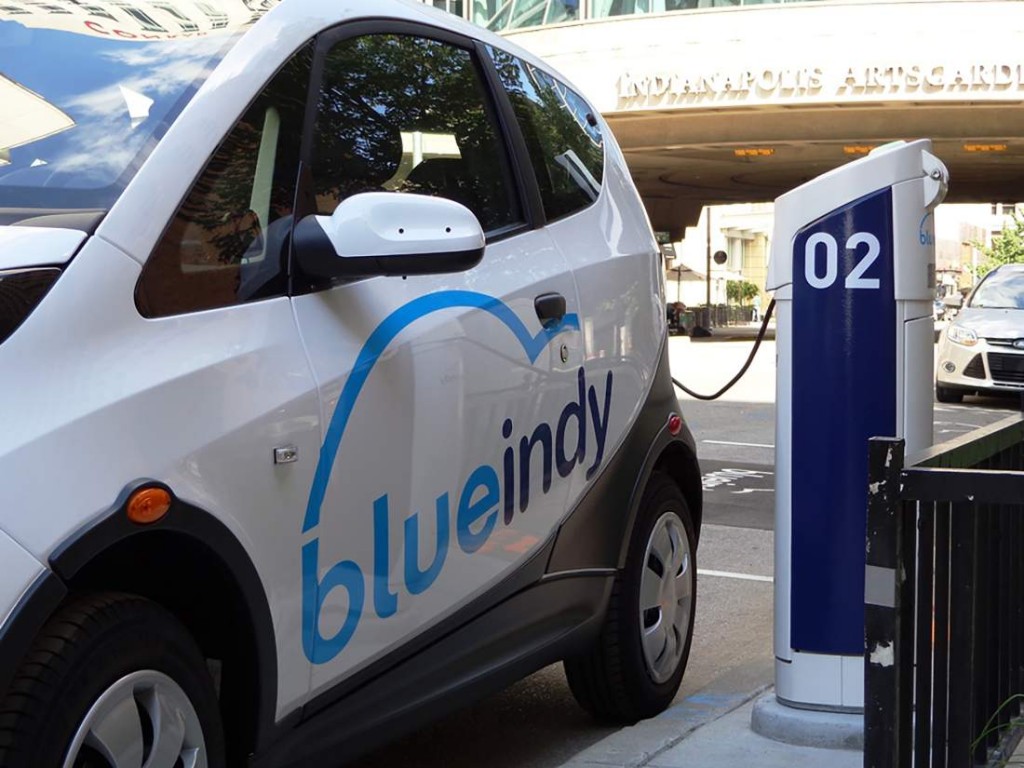
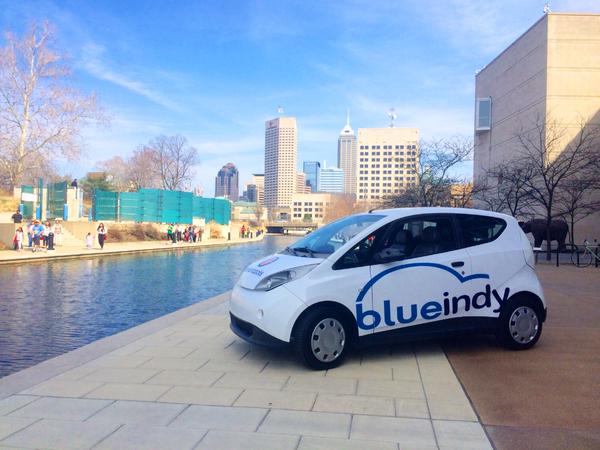
 The system is launching with 50 vehicles and 25 charging stations (doubling as the reservable parking spots) around the city, with a plan to soon expand up to 500 electric cars and 200 stations. The city is paying $6 million in dollars earmarked for infrastructure projects, with the French company that owns the service investing somewhere over $40 million.
The system is launching with 50 vehicles and 25 charging stations (doubling as the reservable parking spots) around the city, with a plan to soon expand up to 500 electric cars and 200 stations. The city is paying $6 million in dollars earmarked for infrastructure projects, with the French company that owns the service investing somewhere over $40 million.